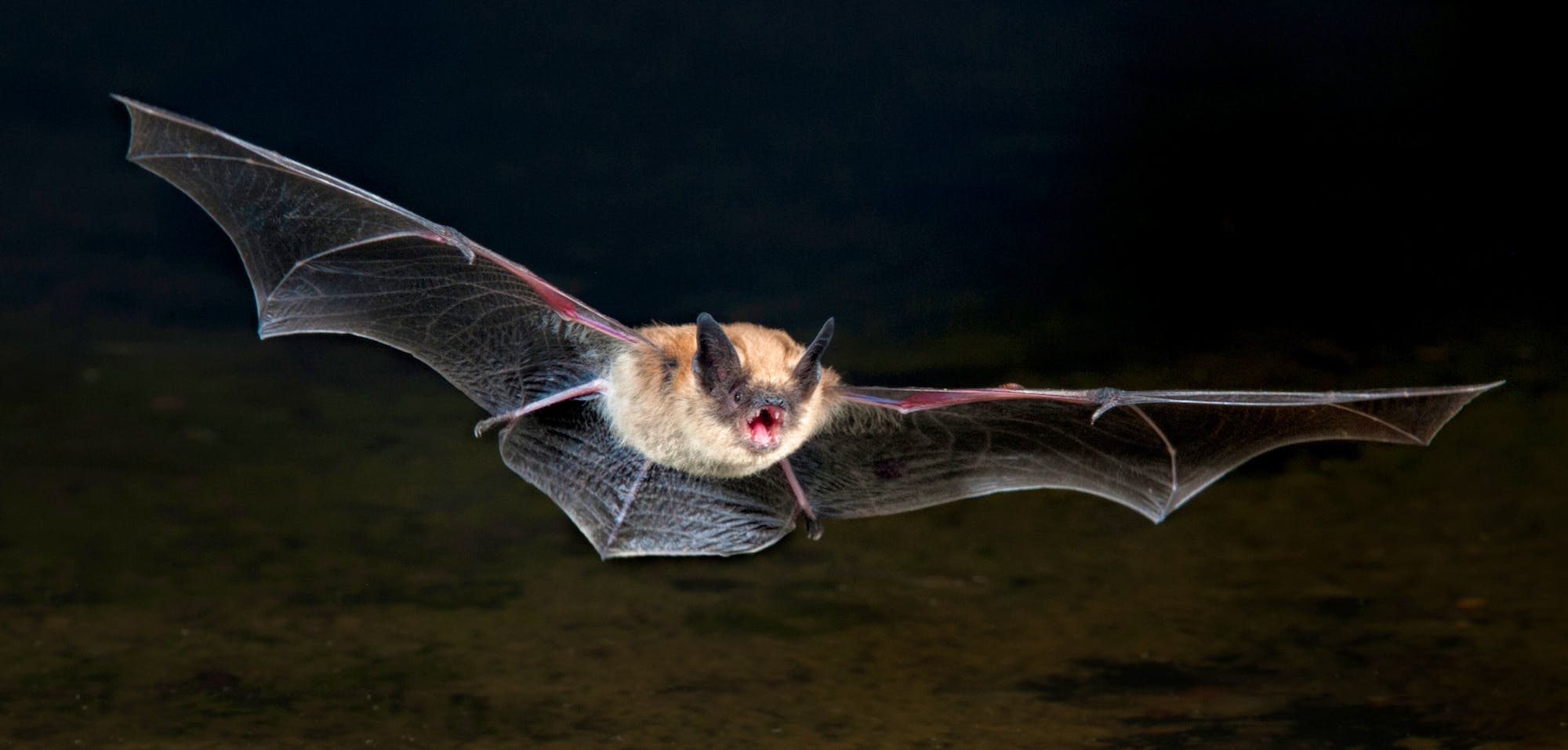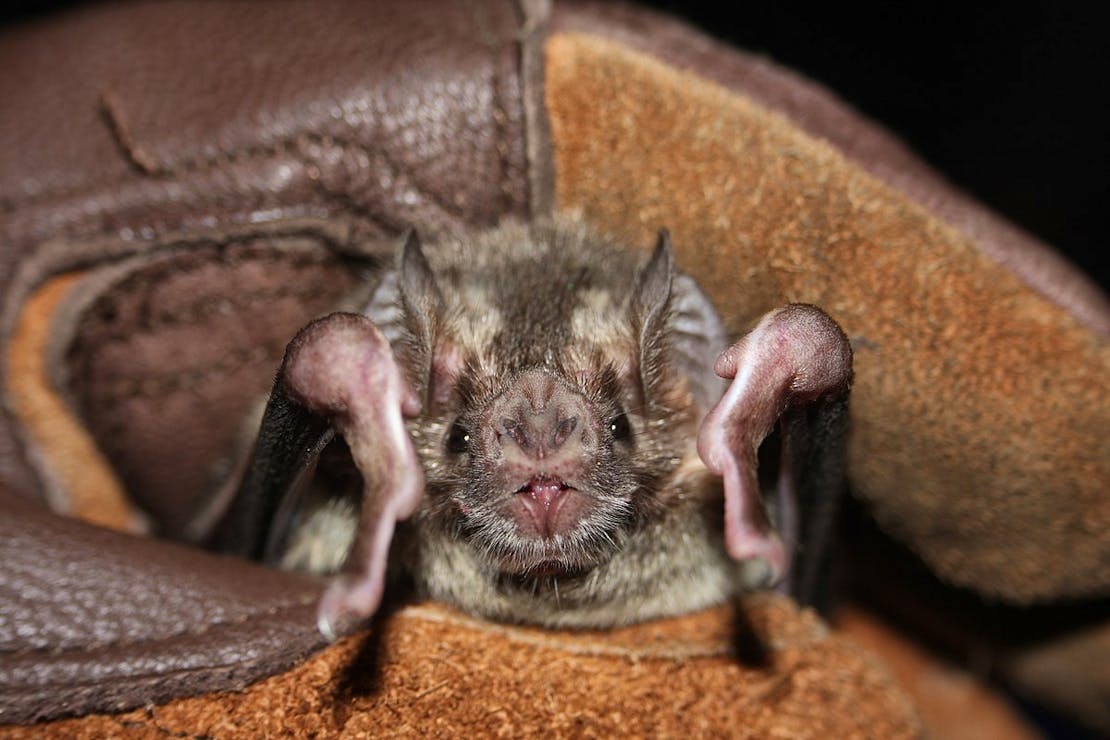It’s a beautiful fall evening. The temperature is ideal for opening the window, snuggling up in bed and enjoying a book. A young woman, who just moved into her freshly built house, does just this. Unbeknownst to her, something awful is occurring... The curtains swing-in and on a chilly breeze a bat flaps into the room.
The confused animal is searching for something that is no longer there: its habitat.
It’s not the people who are in trouble here. It’s the bats.
What is deforestation?
Deforestation is when a forest or large area of trees is cleared for something else. This type of habitat loss is not uniform across the nation. For some areas, it is the complete loss of forest so the land can be converted for development or agriculture. Other areas that are impacted by deforestation will be logged and then allowed to grow back temporarily. This can raise problems for animals who rely on old-growth and robust forests.
As bats rely on a variety of habitats throughout their lifecycle, they suffer in both scenarios. Bats may use specific roosting sites, foraging sites and a variety of hibernaculum – overwintering shelters – across their territory. Damage or loss to any of these habitats threatens their survival.
Why is habitat loss scary?
Habitat loss leaves all wildlife who once called the forest, or now converted land, home in a scary place. Some animals can redistribute to other forests but may face higher competition. Other animals may attempt to adapt to the development, but this puts them at risk of being struck by vehicles or conflict with humans.
What’s worse, animals who have high-site fidelity rely on returning to the same location. For birds and fish, this is often seen in migration traveling from the same breeding grounds and wintering grounds each year. When the area they relied on changes, bats are forced to find new resources. For example, some bats use the same roost trees year after year and although nothing is permanent there is a stark difference between losing a single tree versus hundreds of acres of forest conversion. With bat populations already depleted from other threats, impacts to the habitats they need to recover can be especially severe.
The extent to which bat’s habitat can be lost is also scary. Many of their habitat strongholds are on public lands. Some, but not all, are protected, and many depend on forest management plans being written with protecting wildlife in mind.
So, are bats dangerous?
The reality is that humans are much more dangerous to bats than they are to us. While bats are one of the leading vectors of rabies to humans, it is extremely rare in the U.S. Most bats are healthy. Also contrary to popular belief, the only three species of vampire bats do not feed on humans. Instead, they only suck the blood of other small mammals.
The best way to protect yourself and these animals is to keep your distance and respect these incredible mammals’ space. If a bat does get too cozy in your home or accidentally flies in, try to remove it without harming the animal or call humane removal experts to release the bat without causing injury or death.
Why are bats important for our ecosystems?
Bats are good indicators of ecosystem health. They play an important role as pollinators and seed dispersers. Many important crops and fruits depend on bats to spread pollen and their seeds. Additionally, bats can consume their body weight in insects each night, helping control populations. This includes mosquitoes and other disease-carrying insects! In fact, it’s estimated the pest control healthy bat populations provide is worth over $50 billion!
How you can help bats!
"Dracula” is just one example of how stories and the media have falsely portrayed bats as scary. It’s up to all of us to rewrite the narrative to say that bats are important for our ecosystems. Here are three ways to help protect bats:
- Provide and protect bat habitat. Learn how to build and install a bat box in your backyard. Alternatively, bats use dead or dying trees as roosting sites, so if safe to do so, leave these trees alone.
- Advocate for the protection of our forests. Write to your representatives and speak out at local hearings against converting prime bat habitat and forests.
- Spread the truth about bats. Share with your friends, family and followers how important bats are for our ecosystems, the valuable role they play for agriculture and what is happening to our forests.
Join Defenders all October for twists on classic horror movies. Learn about some not-so-spooky animals and the real threats they face!
From the Blog












Follow Defenders of Wildlife
facebook bluesky twitter instagram youtube tiktok threads linkedin